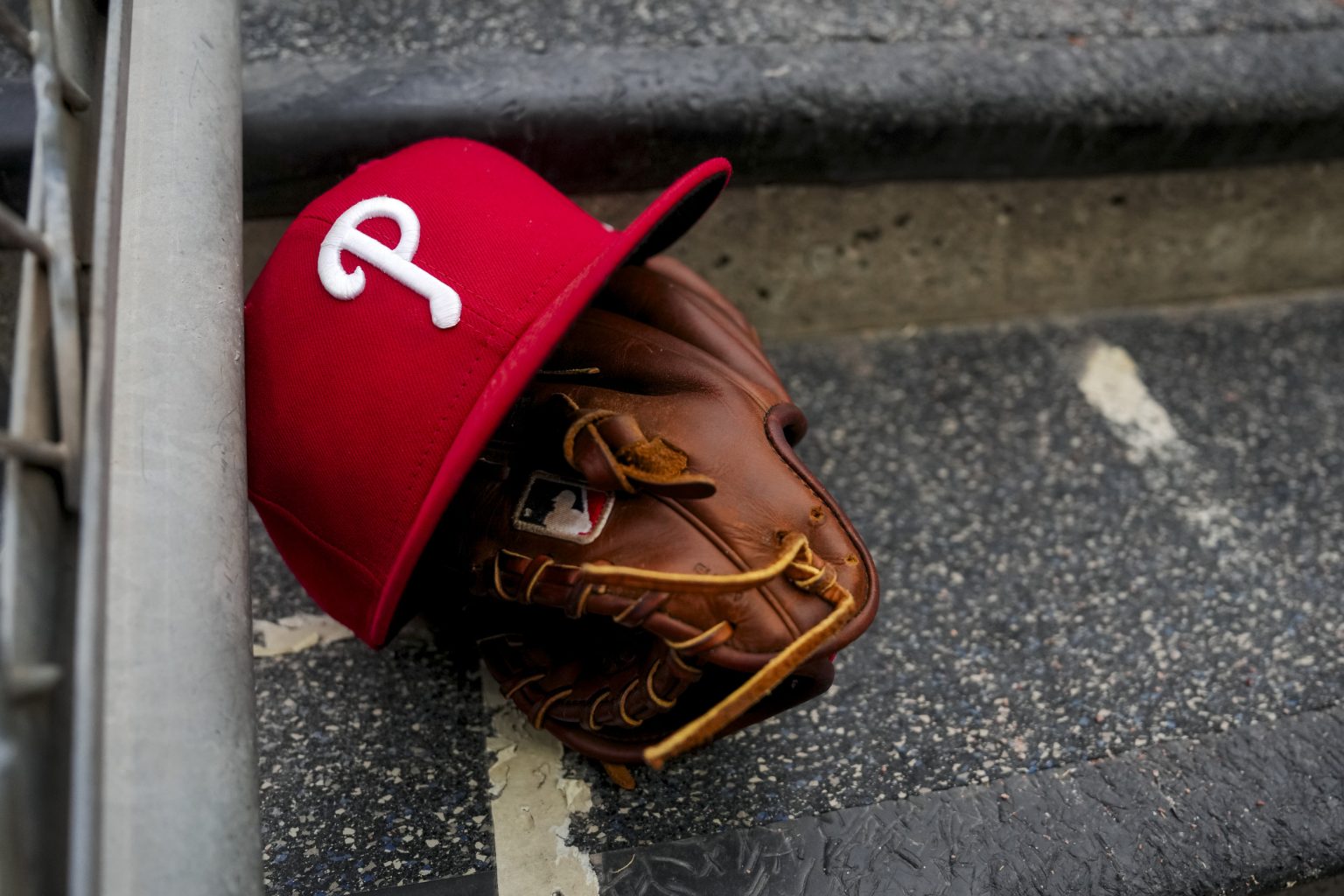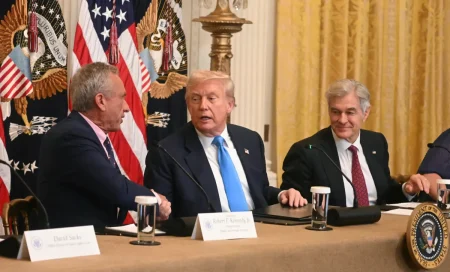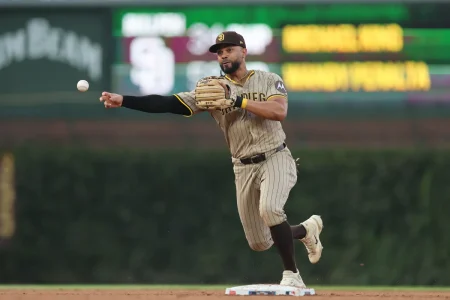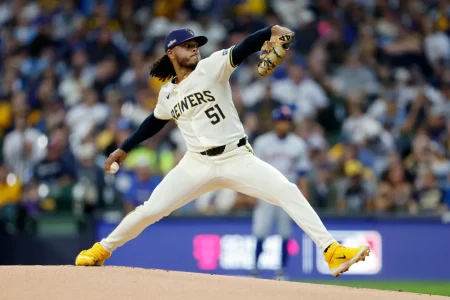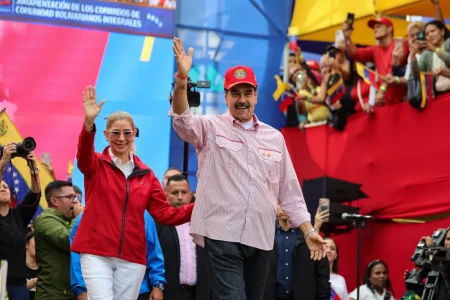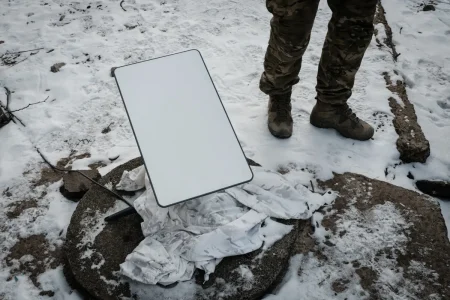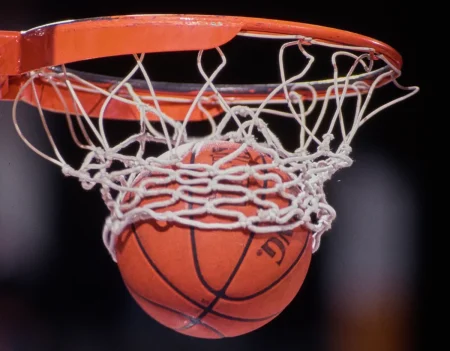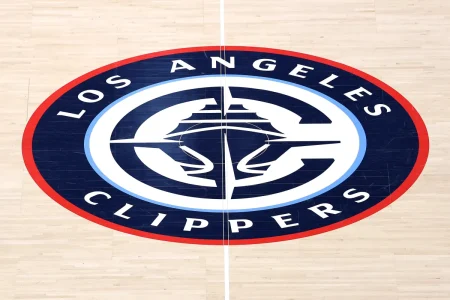The Rise and Fall of José Alvarado: Philadelphia’s Bullpen Dilemma
The Philadelphia Phillies’ 2024 season has unfolded like a dramatic screenplay, with unexpected plot twists and character developments that have tested the team’s resilience. At the center of this narrative stands reliever José Alvarado, whose tumultuous journey has embodied the unpredictable nature of baseball careers. What began as a promising campaign for the hard-throwing left-hander quickly devolved into a cautionary tale of missed opportunities and career-altering decisions. Early in the season, Alvarado appeared poised to claim the coveted closer role after Jordan Romano’s struggles created a vacancy at the back end of Philadelphia’s bullpen. With his triple-digit fastball and devastating cutter, Alvarado possessed the arsenal and demeanor to handle high-leverage situations. Fans and team officials alike envisioned him slamming the door on opponents throughout the summer and into October’s playoff intensity. The Phillies, with championship aspirations built on a star-studded roster, believed they had found their ninth-inning solution in the Venezuelan reliever who had shown flashes of dominance throughout his tenure with the team.
The narrative took a shocking turn in May when Alvarado received an 80-game suspension after testing positive for performance-enhancing drugs. This devastating development not only removed a key bullpen piece during the heart of the regular season but also rendered him ineligible for postseason play—a crushing blow to both player and organization. The suspension raised uncomfortable questions about Alvarado’s previous performances and placed the Phillies in a precarious position, forcing them to reconfigure their bullpen hierarchy on the fly. The team, to their credit, weathered this storm admirably, finding internal solutions and eventually acquiring closer Jhoan Duran to stabilize the late innings. Yet Alvarado’s absence created ripple effects throughout the pitching staff, as other relievers were thrust into unfamiliar roles and workloads increased for the remaining bullpen arms. What should have been a season of stability in high-leverage situations instead became an ongoing experiment in bullpen management.
Alvarado’s return to the mound on August 20th offered a glimmer of hope that he might salvage something from his season and perhaps rebuild trust with the organization. However, that optimism quickly faded as he surrendered five earned runs in just six innings of work, including three home runs—an alarming rate for a pitcher who had historically excelled at keeping the ball in the park. His struggles culminated in another setback when a forearm strain sent him to the injured list, effectively ending his 2024 campaign. The timing couldn’t have been worse, as it eliminated any opportunity for Alvarado to demonstrate improved performance before the organization would need to make a decision on his future. The forearm issue also raised red flags about his health moving forward, adding another layer of complexity to an already complicated situation. For a player looking to rehabilitate his reputation and value, this injury represented yet another missed opportunity in a season defined by them.
The financial implications of Alvarado’s turbulent season now loom large over Philadelphia’s offseason planning. The Phillies hold a $9 million club option for the reliever’s services in 2025, with a much more palatable $500,000 buyout alternative. As noted by USA Today’s Bob Nightengale, “considering how much he let them down this season, it would make the most sense to buy out his $500,000 option and say good-bye.” This assessment, while harsh, reflects the business reality of professional sports, where performance and reliability ultimately determine a player’s value regardless of past contributions. During his five seasons in Philadelphia, Alvarado has compiled respectable overall numbers—a 3.48 ERA across 235 2/3 innings with 308 strikeouts and a 3.36 FIP—but baseball operations departments must focus on projecting future value rather than rewarding past performance, particularly when allocating significant financial resources in a competitive marketplace.
Cutting ties with Alvarado would create a significant void in the Phillies’ bullpen, however, necessitating additional investments in relief pitching during the offseason. Beyond the newly acquired Duran, Philadelphia faces uncertainty in their relief corps, with several key contributors either declining or approaching free agency. Finding quality bullpen arms remains one of baseball’s most challenging roster-building endeavors, with volatility and unpredictability making long-term investments particularly risky. Should the Phillies move on from Alvarado, they would need to allocate resources—both financial and in terms of prospect capital—to reconstructing a championship-caliber bullpen. The $8.5 million saved by declining Alvarado’s option could be redirected toward more reliable relief options, but finding a left-handed power arm with Alvarado’s ceiling might prove difficult in an increasingly competitive market for pitching talent.
The Alvarado situation ultimately represents a microcosm of the difficult decisions facing major league front offices, where potential must be balanced against reliability, and talent evaluated against character and dependability. For the Phillies, a team firmly in their championship window with a payroll already pushing luxury tax thresholds, each roster spot carries heightened importance. While Alvarado’s electric arm and previous contributions might warrant another chance under different circumstances, the combination of his PED suspension, poor performance upon return, and season-ending injury creates a compelling case for the organization to move in a different direction. As Philadelphia prepares for another postseason push without Alvarado’s services, the front office must already be contemplating how to construct a bullpen that can withstand the rigors of October baseball in 2025—with or without the enigmatic left-hander who has simultaneously represented both the promise and perils of relief pitching in today’s game.



